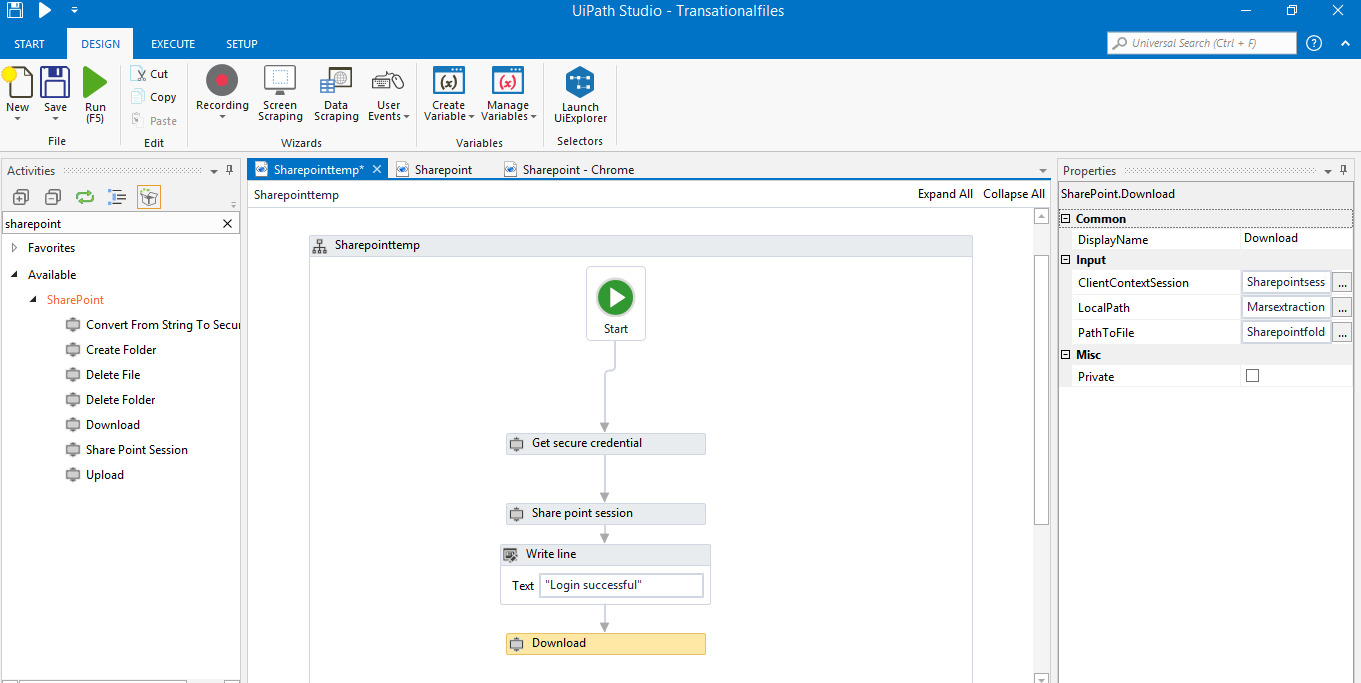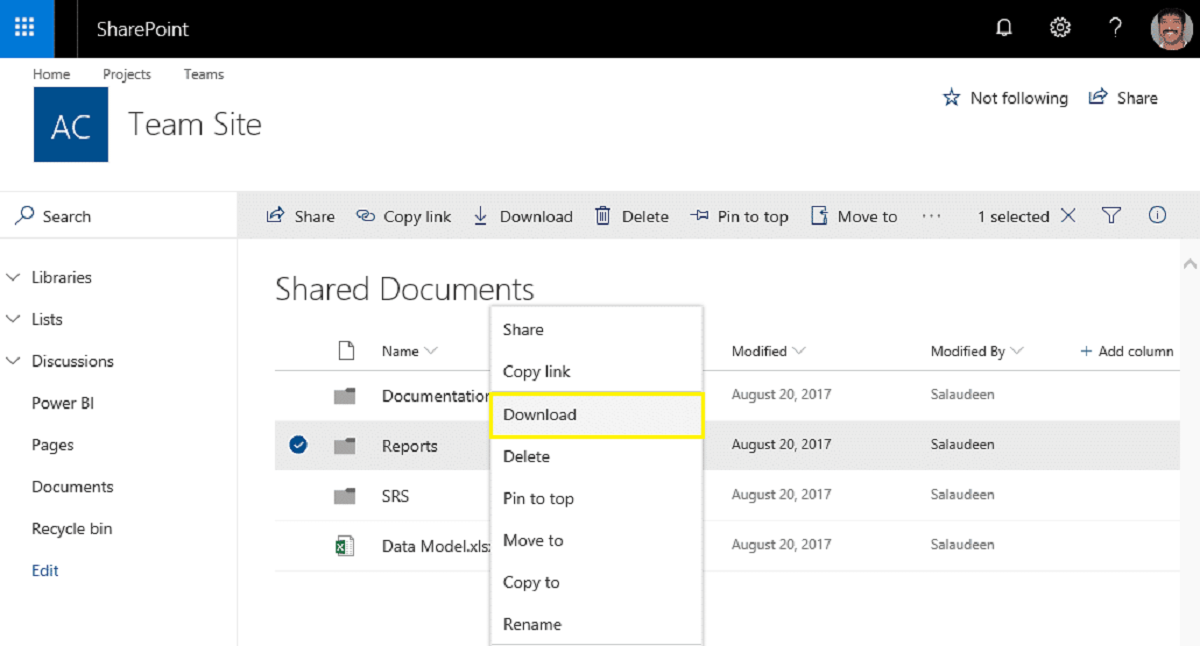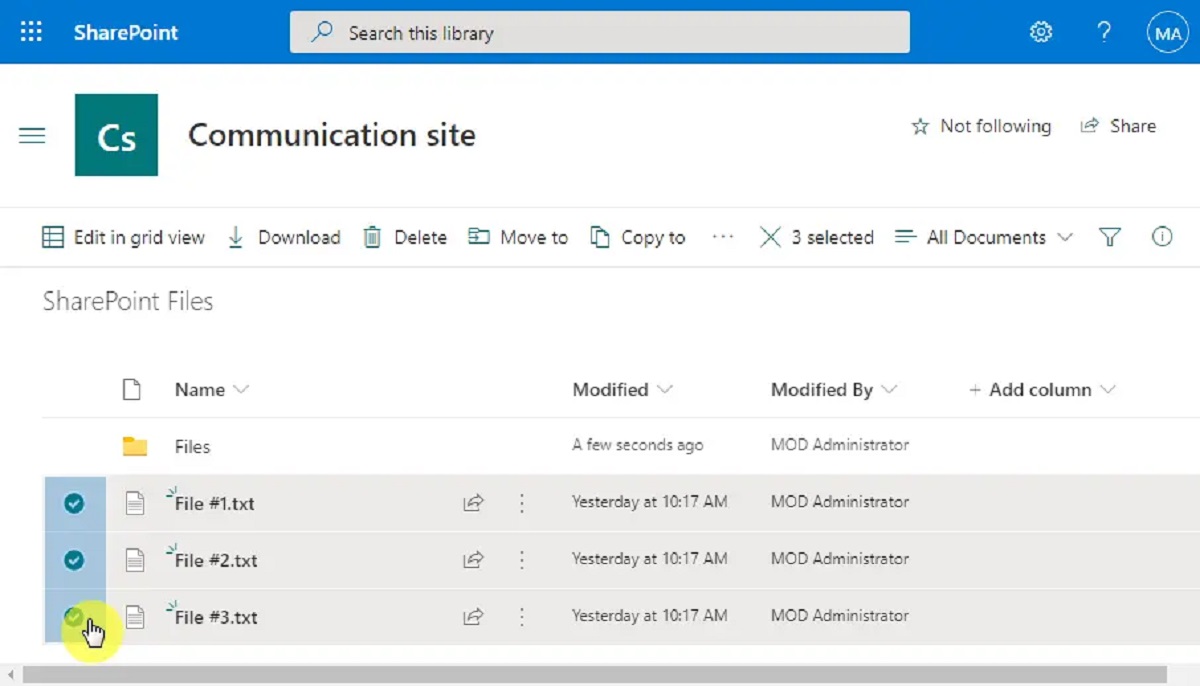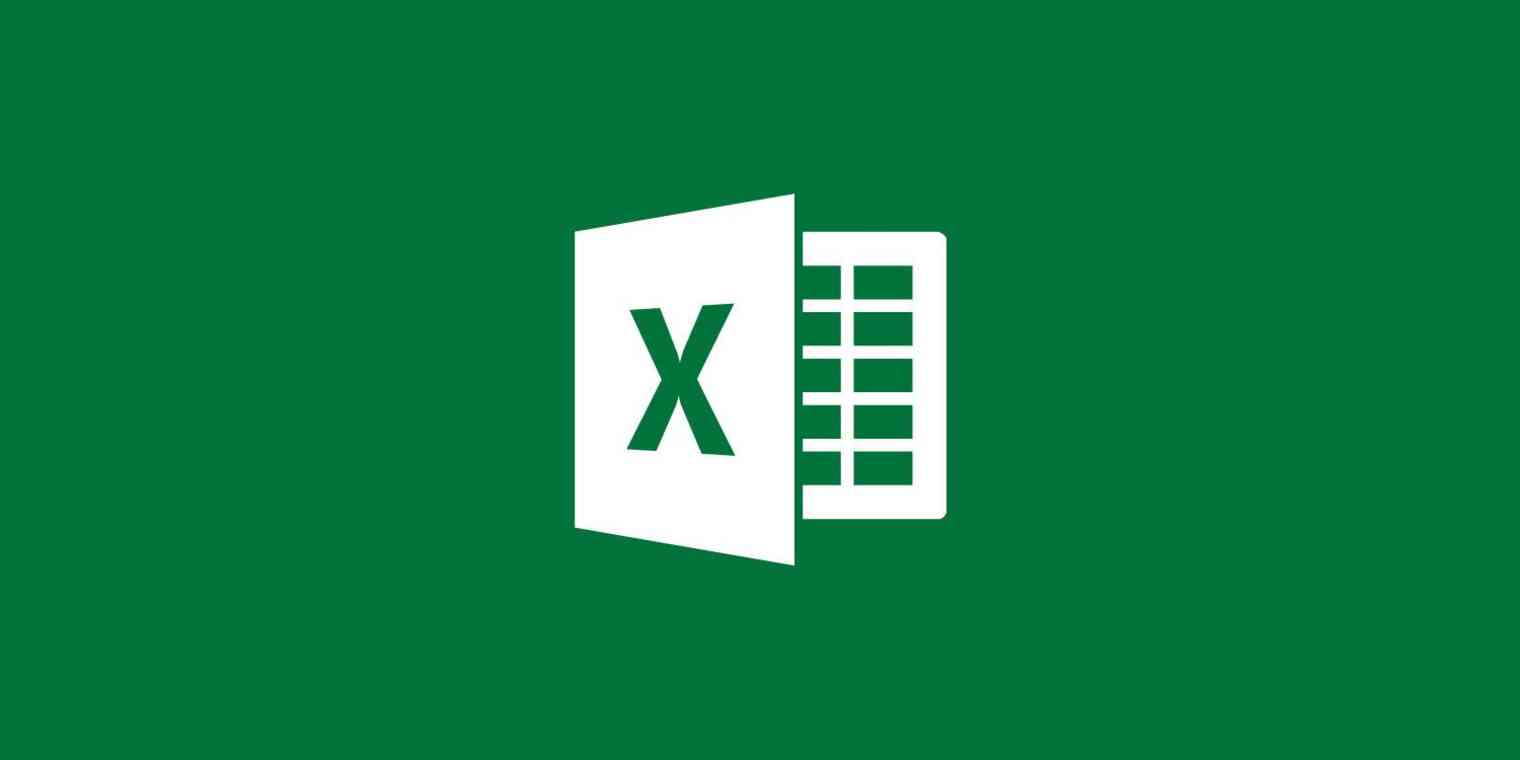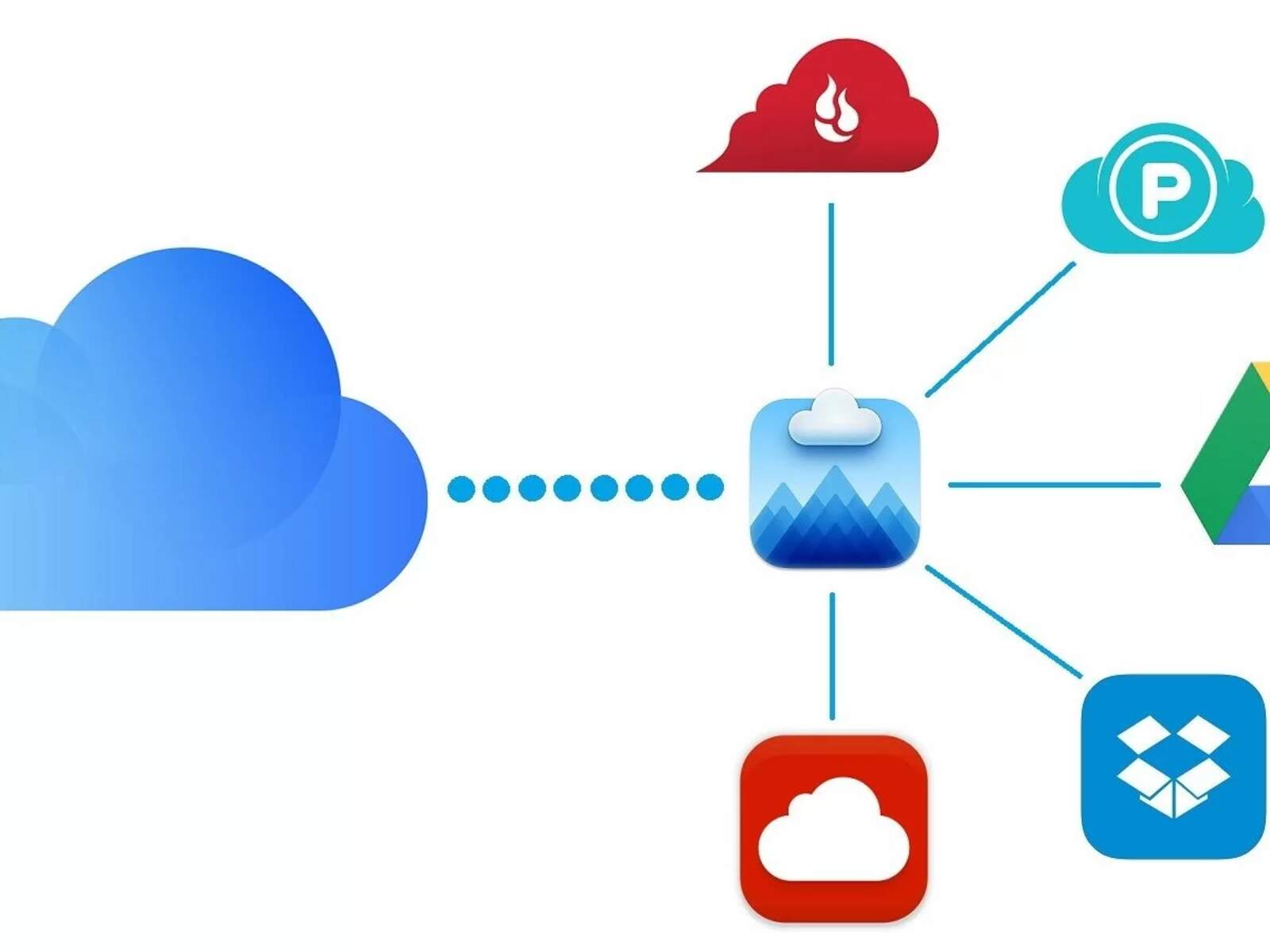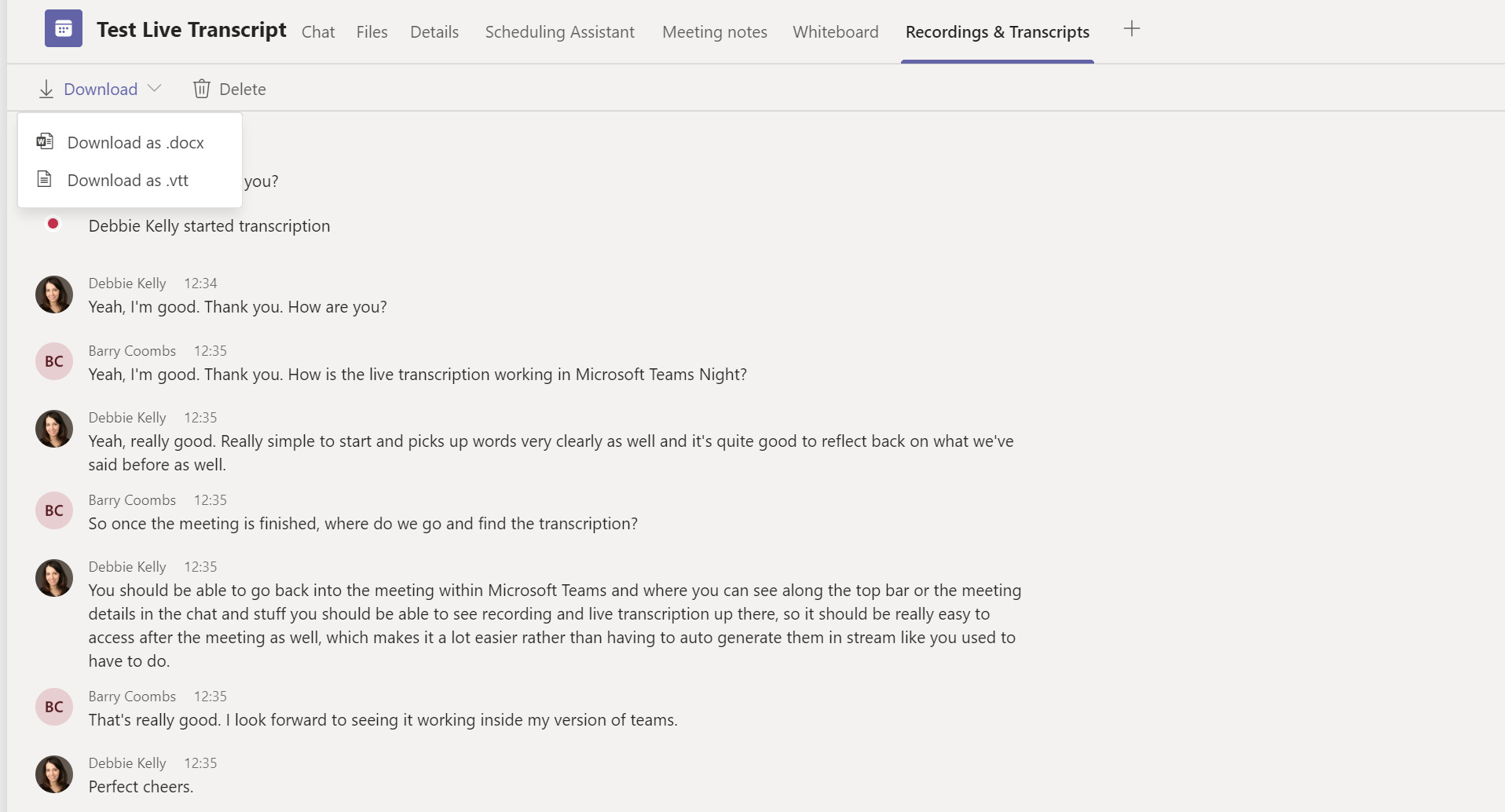Introduction
Downloading a SharePoint file is a straightforward process that allows you to access and save important documents, presentations, or media files from your SharePoint site. Whether you are working on a collaborative project or need to retrieve a specific file, being able to download files from SharePoint is a valuable skill to have.
In this article, we will guide you through the step-by-step process of downloading a file from SharePoint. Whether you are using SharePoint on-premises or SharePoint Online, these instructions will help you successfully retrieve the file you need. So, let’s get started!
Before we dive into the steps, it’s important to note that SharePoint offers a secure and centralized platform for file management and collaboration. By utilizing SharePoint, you can store, organize, and share files with your team members, ensuring everyone has access to the latest version and eliminating the need for multiple file copies. However, there are times when you may need to download a file from SharePoint to work offline or save it for future reference. In such cases, the following steps will come in handy.
Whether you are a SharePoint novice or an experienced user, this guide will provide easy-to-follow instructions to download files from SharePoint. So, let’s get started with step one: accessing the SharePoint site.
Step 1: Accessing the SharePoint Site
First, you need to access the SharePoint site where the file you want to download is located. To do this, follow the steps below:
- Open your preferred web browser (e.g., Chrome, Firefox, or Edge) on your device.
- Type the URL or web address of the SharePoint site in the address bar at the top of the browser window.
- Press the ‘Enter’ key or click the ‘Go’ button to navigate to the site.
- If required, enter your username and password to log in to the SharePoint site.
- Once logged in, you will be directed to the homepage or landing page of the SharePoint site.
It’s important to note that access to the SharePoint site may vary depending on your organization’s policies and permissions. If you encounter any login issues or are unable to access the SharePoint site, reach out to your IT department or site administrator for assistance.
Once you have successfully accessed the SharePoint site, you are ready to proceed to the next step: navigating to the file you wish to download. This step will guide you through the process of finding the specific file within the SharePoint site.
Step 2: Navigating to the File
After accessing the SharePoint site, the next step is to navigate to the file you want to download. Follow these instructions to locate the file within the SharePoint site:
- On the SharePoint site’s homepage or landing page, navigate to the document library or folder where the file is stored. This may involve clicking on different links or navigating through a hierarchical structure, depending on how the site is organized.
- Once you have located the relevant document library or folder, look for the file you wish to download. You may need to scroll, search, or sort the file list to find the specific document.
- SharePoint provides various viewing options, such as a grid view or a list view, to help you browse through files more efficiently. Choose the view that best suits your needs.
- If applicable, use any available filters, sorting options, or search functionality to narrow down the file list and locate the desired file more quickly.
- Once you have identified the file you want to download, you are ready to move on to the next step: selecting the file for download.
Ensuring that you can navigate through the SharePoint site and find the correct file is crucial for a successful download. Take your time to familiarize yourself with the structure and organization of the site, as this will save you time and effort in the long run.
In the next step, we will guide you through selecting the file you want to download, so you can proceed with the actual downloading process.
Step 3: Selecting the File
Now that you have navigated to the SharePoint site and located the file you wish to download, it’s time to select the file. Follow the steps below to choose the file for download:
- Click on the file’s name or thumbnail to open it in the SharePoint interface. This action may vary depending on the specific settings and configurations of your SharePoint site.
- Once the file is opened, you can preview its content, review any associated metadata, or access additional options available for that file.
- If there are multiple versions of the file, ensure that you select the correct version that you want to download. SharePoint usually displays the version history or provides a way to choose the desired version.
- Check if there are any specific instructions or guidelines provided alongside the file, such as additional notes or comments that may assist you in working with the file.
- If necessary, take note of any relevant file properties or metadata, such as the file’s size, creation date, or author, for future reference.
- Ensure that you have the appropriate permissions to download the file. If you encounter any restrictions or are unable to select the file, consult with your site administrator or IT department for assistance.
By carefully selecting the file, you can ensure that you are downloading the correct version and have considered any special instructions or requirements associated with it. Once you have chosen the file, you are ready to move on to the next step: downloading the file to your device.
Step 4: Downloading the File
After selecting the file you want to download, it’s time to proceed with the actual file download process. Follow the steps below to download the file from SharePoint:
- Look for the download option or button within the SharePoint interface. Depending on your site’s configuration, this could be represented by a download icon, a context menu option, or a specific command such as “Download” or “Save.”
- Click on the download option to initiate the file download process. The file will be transferred from the SharePoint server to your device.
- Depending on your browser settings, you might be prompted to choose a specific location on your device to save the downloaded file. Select an appropriate destination or confirm the default save location suggested by your browser.
- Monitor the download progress, which is usually indicated by a progress bar or a percentage. Larger files may take longer to download, so please be patient.
- Once the download is complete, you will receive a confirmation message or notification. The downloaded file is now available on your device for offline access or further use.
It’s important to note that during the download process, some web browsers or devices may display a warning regarding the file’s safety or potential risks. If you trust the source and content of the file, you can proceed with the download by confirming or accepting any security prompts.
Now that you have successfully downloaded the file from SharePoint to your device, you are ready to move on to the final step: saving the file for future use.
Step 5: Saving the File to Your Device
Once you have downloaded the file from SharePoint, it’s crucial to save it to an appropriate location on your device for easy access and future use. Follow the steps below to save the downloaded file:
- Locate the downloaded file on your device. The file is typically saved in your device’s default download folder or the location you specified during the download process.
- If necessary, rename the file to give it a more descriptive or recognizable name. This can be especially helpful if you are dealing with multiple files or want to ensure easy identification in the future.
- Choose the folder or directory where you want to store the file. You can select an existing folder or create a new folder specifically for organizing SharePoint files.
- Drag and drop the downloaded file into the selected folder or use the file explorer to manually copy and paste the file into the desired location.
- Double-check that the file has been successfully saved to the designated folder by navigating to the folder and verifying the presence of the file.
- If necessary, create backups or additional copies of the file to ensure its safety and availability in case of any unexpected events or device failures.
Saving the downloaded file to your device allows you to access and work with it offline or outside of the SharePoint environment. It’s a good practice to maintain an organized file system on your device to easily locate and manage your downloaded SharePoint files.
Congratulations! You have successfully downloaded and saved the file from SharePoint to your device. You can now access and use the file whenever you need it.
Conclusion
Downloading files from SharePoint is a simple yet valuable skill that allows you to access and save important documents, presentations, or media files. By following the step-by-step process outlined in this article, you can easily download files from your SharePoint site and have them available on your device for offline access or future use.
We began by accessing the SharePoint site and navigating to the specific file we wanted to download. We then learned how to select the file and initiate the download process. Finally, we explored how to save the downloaded file to our device for easy access and organization.
Remember, SharePoint provides a secure and centralized platform for file management and collaboration. By utilizing SharePoint, you can enhance productivity and streamline workflows within your team or organization. However, there are times when you may need to download files from SharePoint to work offline, share with external stakeholders, or ensure accessibility in the event of internet connectivity issues.
By mastering these steps, you can confidently download files from SharePoint and have them readily available whenever and wherever you need them. Whether you are a beginner or an experienced user, these instructions will guide you through the process and help you utilize SharePoint to its fullest potential.
So, the next time you need to download a file from SharePoint, refer back to this article and follow the step-by-step instructions. With a few simple clicks, you’ll have the file downloaded and saved to your device in no time.
Happy downloading!







